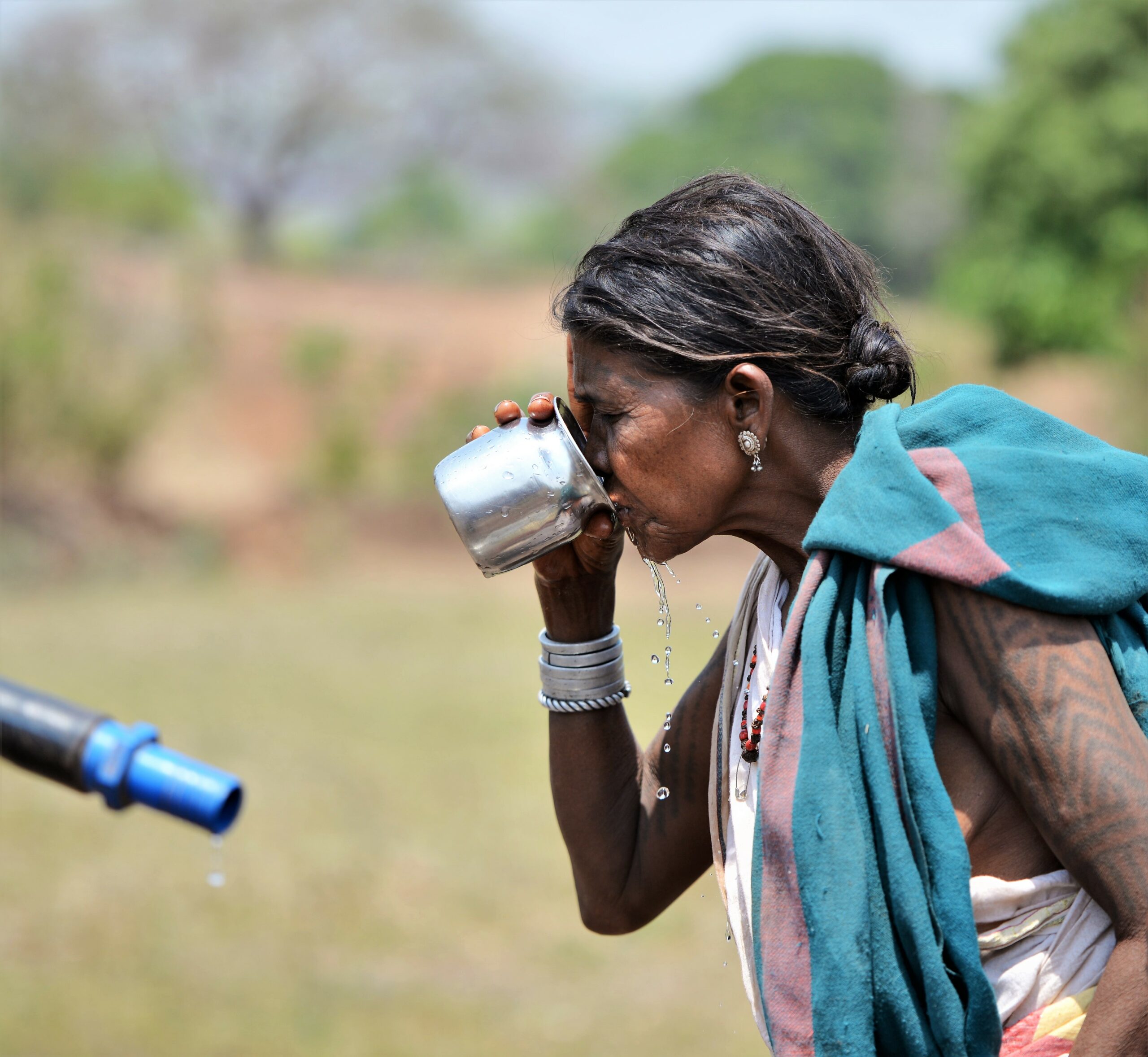Tackling water scarcity is key to reviving damaged ecosystems and restoring the planet.
05.06.21
By subscribing to our newsletter, you give us permission to email you with news of our work and events, plus opportunities for volunteering, challenges to take part in and special offers in our shop. You can unsubscribe any time by clicking the link in our email footer.

05.06.21

This year’s theme for World Environment Day is “Restore our Earth” so perhaps the clue is in the title. We’re at a stage now where we need to restore the earth’s natural resources to a state in which they can support our need to provide a decent life for all.
A key element of this restoration must be focused on water. As the UN puts it, “clean water is a basic human need, and one that should be easily accessible to all. There is sufficient fresh water on the planet to achieve this. However, due to poor infrastructure, investment and planning, every year millions of people — most of them children — die from diseases associated with inadequate water supply, sanitation and hygiene.”
In 1990, 1.26 billion people across the world had no access to an improved drinking water source. By 2015, this figure had nearly halved to 666 million. This improvement occurred despite strong population growth over this period. In 1990, 4 billion people had access to an improved water source; by 2015 this had increased to 6.7 billion. This means that over these 25 years the average increase of the number of people with access to improved drinking water was 107 million every year.
Over 25 years, on average, 290,000 people gained access to drinking water every single day. An incredible achievement and one that Frank Water is proud to have contributed to.

However, this still leaves two knotty problems for governments and NGOs (non-governmental organisations):
How do we help the remaining 666 million people access water?
How to restore water systems so that they are able to sustainably supply the world’s population with their water needs?
To address the first of these challenges, organisations like Frank Water are working tirelessly to help the poorest people on the planet, those sometimes called ‘left behind’. Progress is being made every day.
Plus, we’re contributing to restoration efforts by launching a global toolkit to help practitioners across the world understand and improve how they manage their water. The toolkit is called the “WASH Basins Toolkit’ and is free to download right now.
The toolkit is a culmination of a 3 year project focusing on how water is managed by communities and local governments in rural India. Working with two of the most experienced and knowledgeable NGOs in India, the Samerth Charitable Trust and the People’s Science Institute (PSI), we analysed how they were able to help communities understand and improve their water supply and usage.
We worked with our strategic partner, global engineering consultancy, Arup, to document this India based knowledge into one process for water management. This ‘six stage process’ gives a step by step guide to anyone who wants to better understand how much water they have, how much they use and need and what steps they can take to make sure their water usage is sustainable in the long term.


One easy example of this is ‘water balancing’ (see diagram above). This is not a party trick, it is the detailed calculation of water quantity and location.
Water balancing is an essential step in any water project, whether you’re in India, Iceland or Inverness. Knowing the amount of water available and how to restore this balance to a positive (i.e. you have more water than you need) is a central part of Earth Day’s “restore the earth” ideal.
Water balancing is only one of many tools that the WASH Connect Toolkit provides and maybe it’s this extensive framework that we’ve developed that has led to half a dozen global NGOs approaching us to share our work and collaborate to take this forward. The toolkit has also won an award! It was named one of the Spindle’s “Most Inspiring Digital Innovations of 2020” when we created a free, mobile app from the toolkit’s resources.
With all this interest, we must be doing something right. That’s why today we’re launching a new, expanded Global version of the toolkit, for use by anyone but aimed at local NGO and government practitioners. This is a working version only. Over the next year or so, we’ll collaborate with other NGOs and tech companies to add to the toolkit and ensure global understanding of water management continues to grow. We know that NGOs in sub-saharan Africa are keen to use the ‘six-stage process’, and we ourselves will use it in our work in Nepal as well as India.
We know that approximately 3.4 billion people – or 45% of the world’s population – live in rural areas, and roughly 2 billion people (26.7% of the world population) derive their livelihoods from agriculture.
We know that the laws of hydrology and geo-hydrology do not change when you travel north to south and east to west. So there is a way of standardising many water management processes.
There is a need for rural communities to be able to manage their own water resources. And there is a way of standardising water management processes and practice. But the scale of this challenge requires input from organisations and individuals with experience and knowledge. By providing communities with know-how and support, we can build a more sustainable future for all.
Download the Global WASH Basins toolkit here

You need to load content from reCAPTCHA to submit the form. Please note that doing so will share data with third-party providers.
More Information